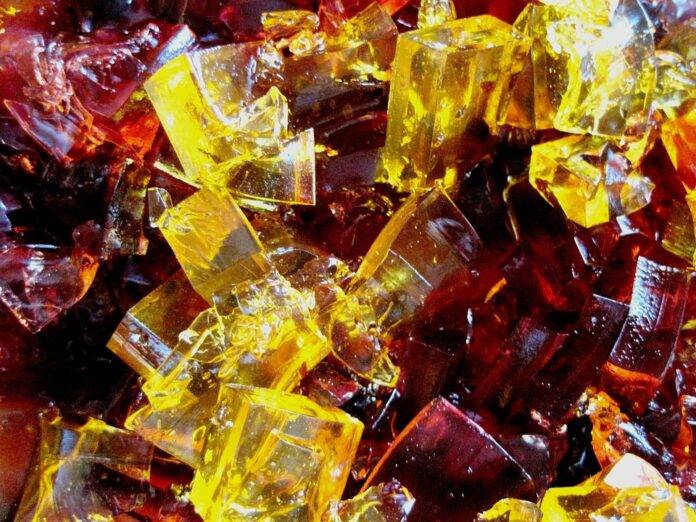The Science Behind Jelly and Jello: Understanding Their Unique Wobbly Texture
Jelly and Jello are popular desserts enjoyed by people all around the world. Their distinctive wobbly texture is what sets them apart from other sweet treats. But have you ever wondered what makes jelly and Jello wobble? In this report, we will delve into the science behind these delightful desserts and explore the fascinating properties that give them their signature texture.
What is Jelly and Jello?
Jelly and Jello are both gelatin-based desserts that are made by mixing gelatin powder with water and sugar. Gelatin is a protein derived from collagen, which is found in the connective tissues of animals. When gelatin is mixed with water and sugar and allowed to set, it forms a semi-solid structure that is both wobbly and jiggly.
The Role of Gelatin in Jelly and Jello
Gelatin is the key ingredient that gives jelly and Jello their unique texture. When gelatin is mixed with water, it forms a gel-like structure that traps the water molecules within its matrix. This matrix is what gives jelly and Jello their wobbly and jiggly consistency.
Gelatin is a hydrocolloid, which means that it forms a gel when mixed with water. The gel structure of gelatin is made up of long chains of amino acids that are able to bond with water molecules. This bonding creates a network of interconnected chains that give gelatin its wobbly texture.
The Science Behind the Wobbly Texture
The wobbly texture of jelly and Jello is a result of the gel structure created by the gelatin. When the gelatin solution is cooled and allowed to set, the water molecules become trapped within the gel matrix. This trapped water gives jelly and Jello their characteristic wobble when they are shaken or moved.
The wobbliness of jelly and Jello is also influenced by the concentration of gelatin in the mixture. A higher concentration of gelatin will result in a firmer gel structure, while a lower concentration will produce a softer, more wobbly texture.
Industry Insights
The global gelatin market is a thriving industry, with a wide range of applications beyond just desserts like jelly and Jello. Gelatin is used in pharmaceuticals, cosmetics, and even in the production of photographic film. The market for gelatin is expected to continue growing, driven by increasing demand for natural and sustainable ingredients in various industries.
Some of the key players in the gelatin market include Gelita AG, Rousselot, Nitta Gelatin, and Weishardt. These companies are leading the way in developing innovative gelatin products and expanding their market presence.
Financial Data
According to a report by Market Research Future, the global gelatin market is projected to reach a value of $3.94 billion by 2023, with a compound annual growth rate of 6.5% from 2017 to 2023. This growth is driven by the increasing demand for gelatin in the food and beverage industry, as well as the pharmaceutical and cosmetics sectors.
In conclusion, the wobbly texture of jelly and Jello is a result of the unique properties of gelatin, which forms a gel-like structure when mixed with water. The global gelatin market is a thriving industry, with key players driving innovation and growth in various sectors. Next time you enjoy a wobbly serving of jelly or Jello, take a moment to appreciate the scientific marvel behind its delightful texture.



